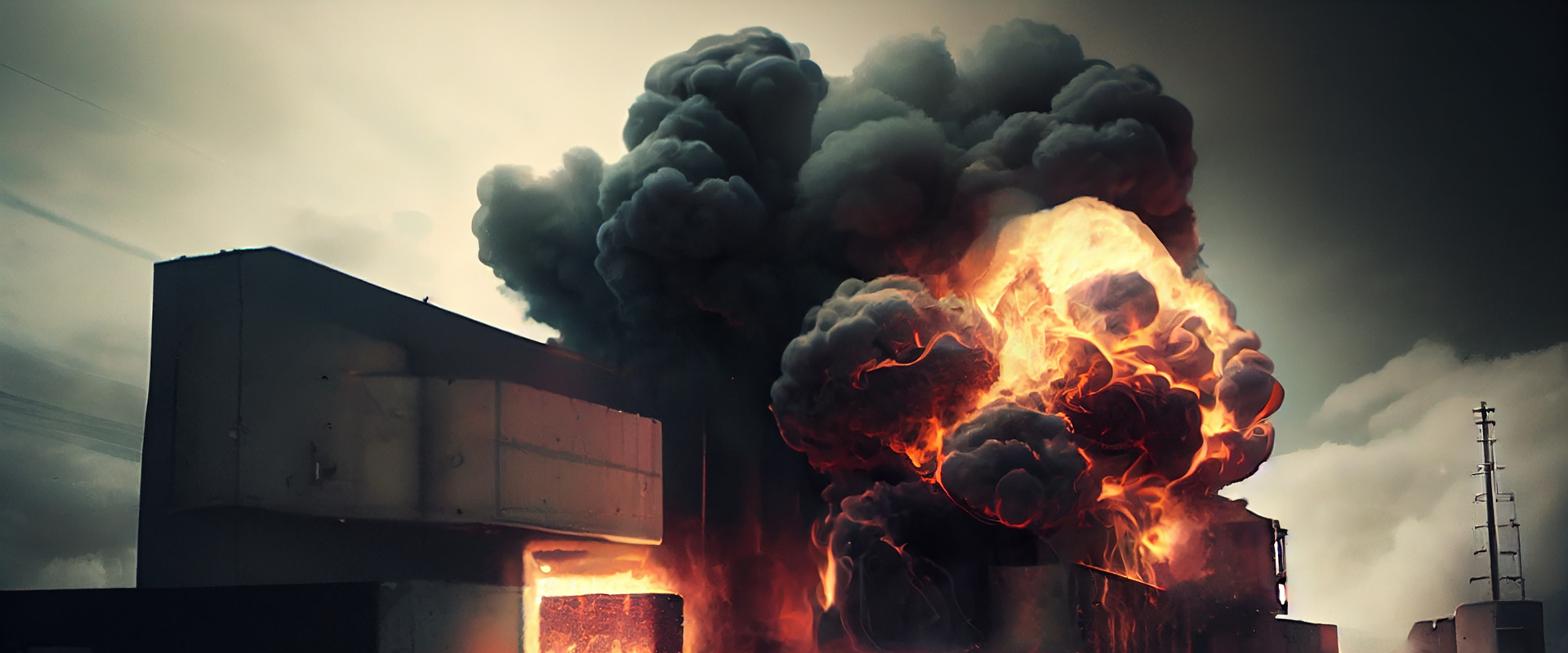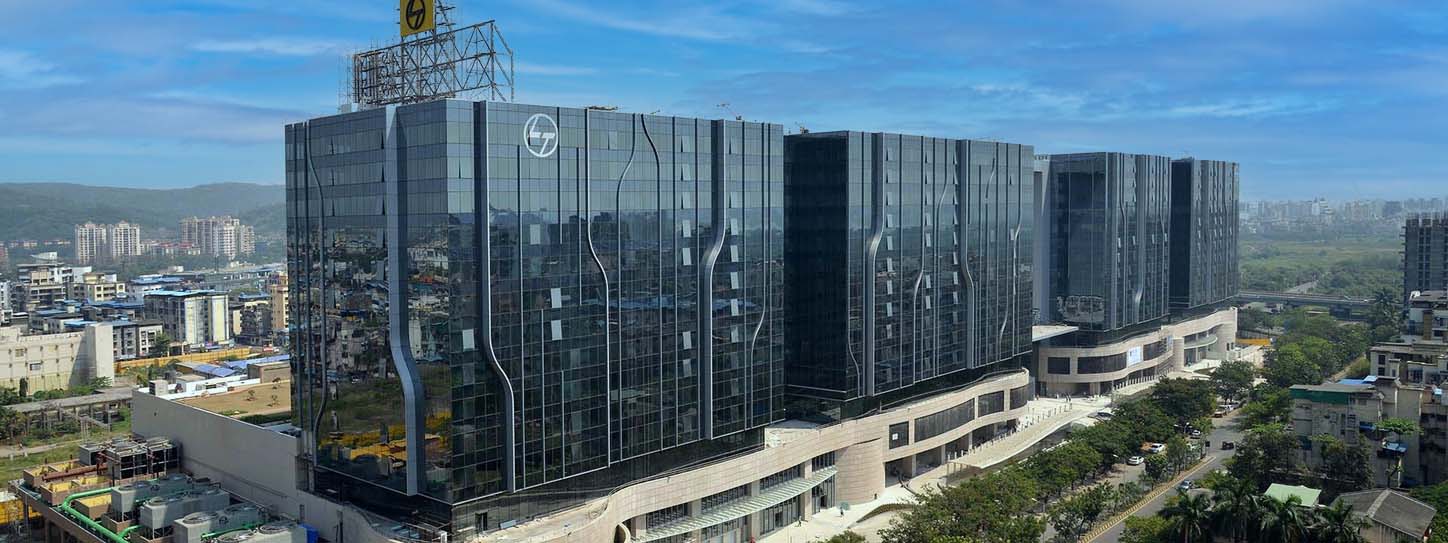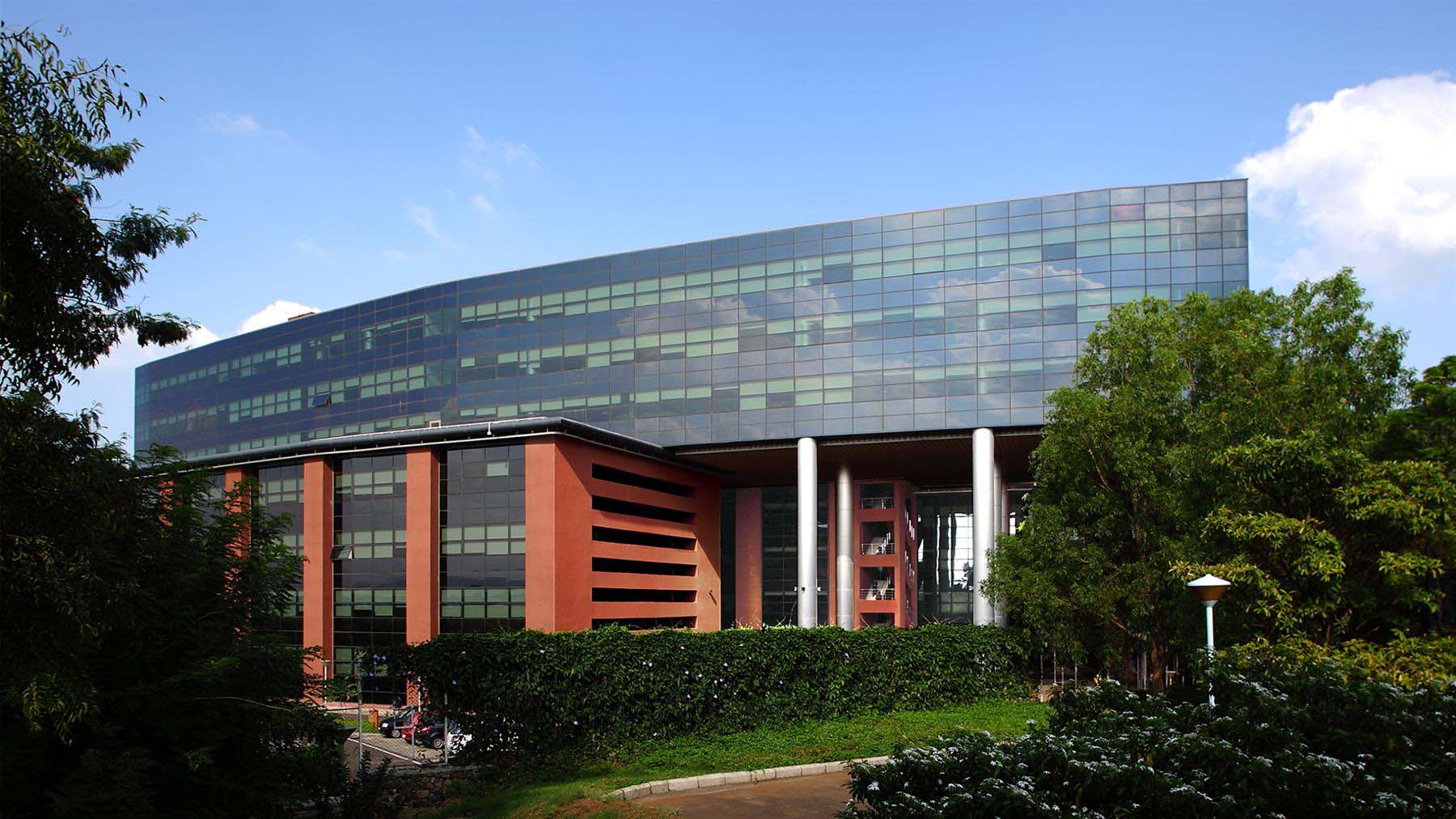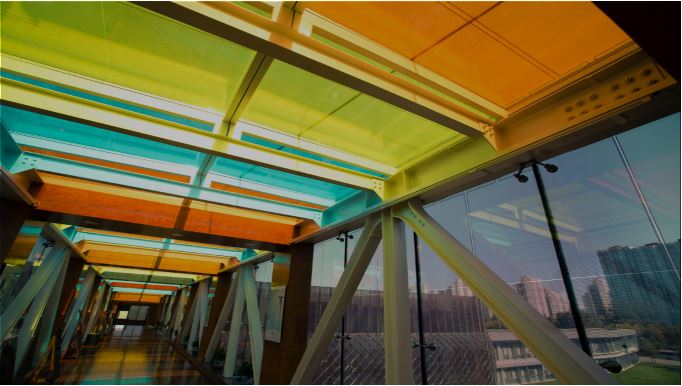Understanding Ballistic Glass: Its Composition and Functionality
In today's world, safety and security are paramount concerns in many areas, including high-risk environments such as military installations, government buildings, banks, and even some residential properties. Ballistic glass, also known as bulletproof glass or bullet-resistant glass, plays a crucial role in providing protection against ballistic threats. In this article, we will delve into the concept of ballistic glass, exploring its composition, functionality, and the science behind its remarkable ability to withstand ballistic impact.
What is Ballistic Glass?
Ballistic glass is a specialized type of glass designed to withstand and mitigate the impact of bullets, projectiles, and other high-velocity objects. Unlike traditional glass, which shatters upon impact, ballistic glass is engineered to prevent penetration and dispersion of fragments when struck by ballistic threats.
Composition of Ballistic Glass:
a. Polycarbonate Layers:
The core component of ballistic glass is multiple layers of polycarbonate, a durable and transparent thermoplastic material. Polycarbonate is known for its exceptional impact resistance and flexibility, making it an ideal choice for absorbing and distributing the force of a projectile.
b. Glass Layers:
Sandwiched between the polycarbonate layers are sheets of tempered glass. The tempered glass enhances the rigidity and structural integrity of the ballistic glass while providing additional protection against various forms of attacks, such as blunt force impacts.
c. Adhesive Layers:
To bind the layers together, specialized adhesive films, such as polyurethane or ethylene-vinyl acetate (EVA), are used. These adhesives provide structural support, preventing the separation of the polycarbonate and glass layers upon impact.
How the Ballistic Glass Works:
a. Energy Absorption:
When a bullet or projectile strikes the surface of ballistic glass, the energy generated is distributed across the multiple layers. The polycarbonate layers are designed to deform and stretch, absorbing the kinetic energy of the impact. This energy absorption minimizes the transfer of force to subsequent layers, reducing the chances of penetration.
b. Layered Construction:
The layered construction of ballistic glass is crucial to its effectiveness. Each layer is responsible for distributing and dissipating the energy received, preventing a single concentrated point of impact. This distribution of force helps to prevent the glass from shattering and ensures a higher level of protection.
c. Fragment Retention:
While the outer surface of ballistic glass may exhibit localized damage, the inner layers remain intact. This feature is essential in preventing fragmentation and the dispersion of glass shards, thereby reducing the risk of secondary injuries caused by glass fragments.
d. Classification Levels:
Ballistic glass is categorized into different levels of protection based on the types of threats it can resist. These levels, such as UL 752 or EN 1063 standards, define the velocity, caliber, and number of shots a particular glass can withstand. Higher-level classifications offer increased resistance against more potent threats.
Applications of Ballistic Glass:
Ballistic glass finds applications in various industries and settings, including:
a. High-Security Buildings:
Government buildings, embassies, and military installations often employ ballistic glass to protect sensitive areas against potential attacks.
b. Financial Institutions:
Banks, cash handling areas, and ATMs utilize ballistic glass to safeguard employees and assets from armed robberies or ballistic threats.
c. Vehicles:
Armored vehicles, such as military vehicles, cash-in-transit vans, and VIP transport, rely on ballistic glass to provide protection to occupants during hostile situations.
d. Retail and Commercial Spaces:
Jewelry stores, high-end retail shops, and museums may opt for ballistic glass to secure valuable items or protect priceless artifacts against theft or vandalism.
Ballistic glass is a critical component in fortifying security measures against ballistic threats. Through its carefully engineered composition and layered construction, ballistic glass provides a formidable barrier against bullets, projectiles, and other high-velocity impacts. Its ability to absorb energy, prevent penetration, and retain fragments makes it an indispensable element in protecting individuals and assets in high-risk environments. The continuous advancements in ballistic glass technology ensure that safety and security remain at the forefront of our ever-evolving society.

You might also like
Feb 21, 2022 by TARIQ KACHWALA
Feb 21, 2022 by TARIQ KACHWALA
Feb 23, 2022 by TARIQ KACHWALA









